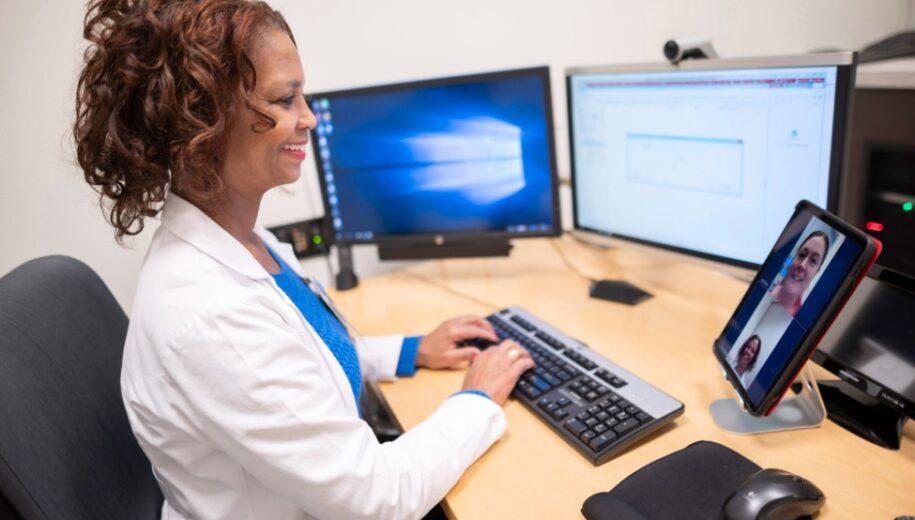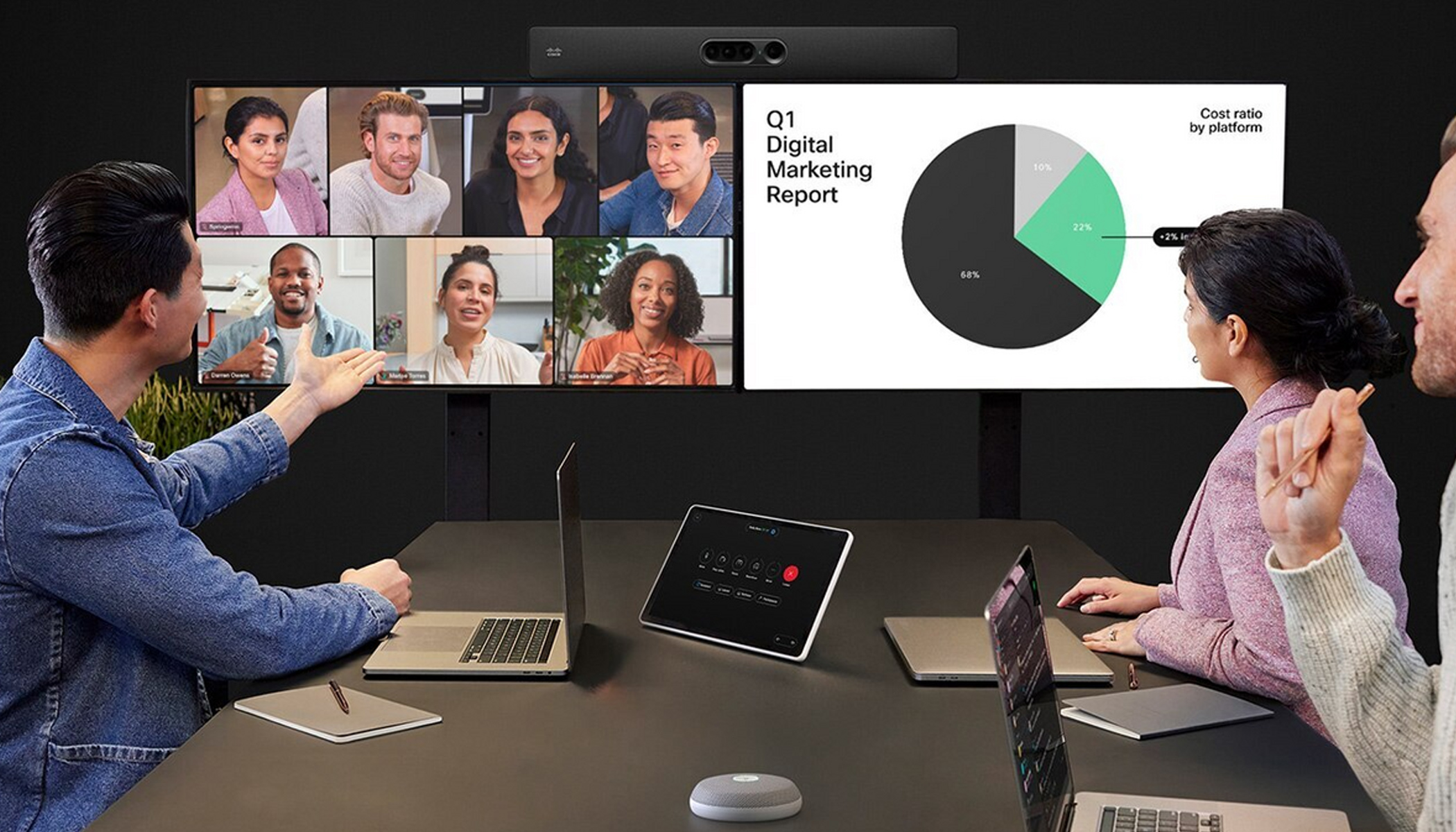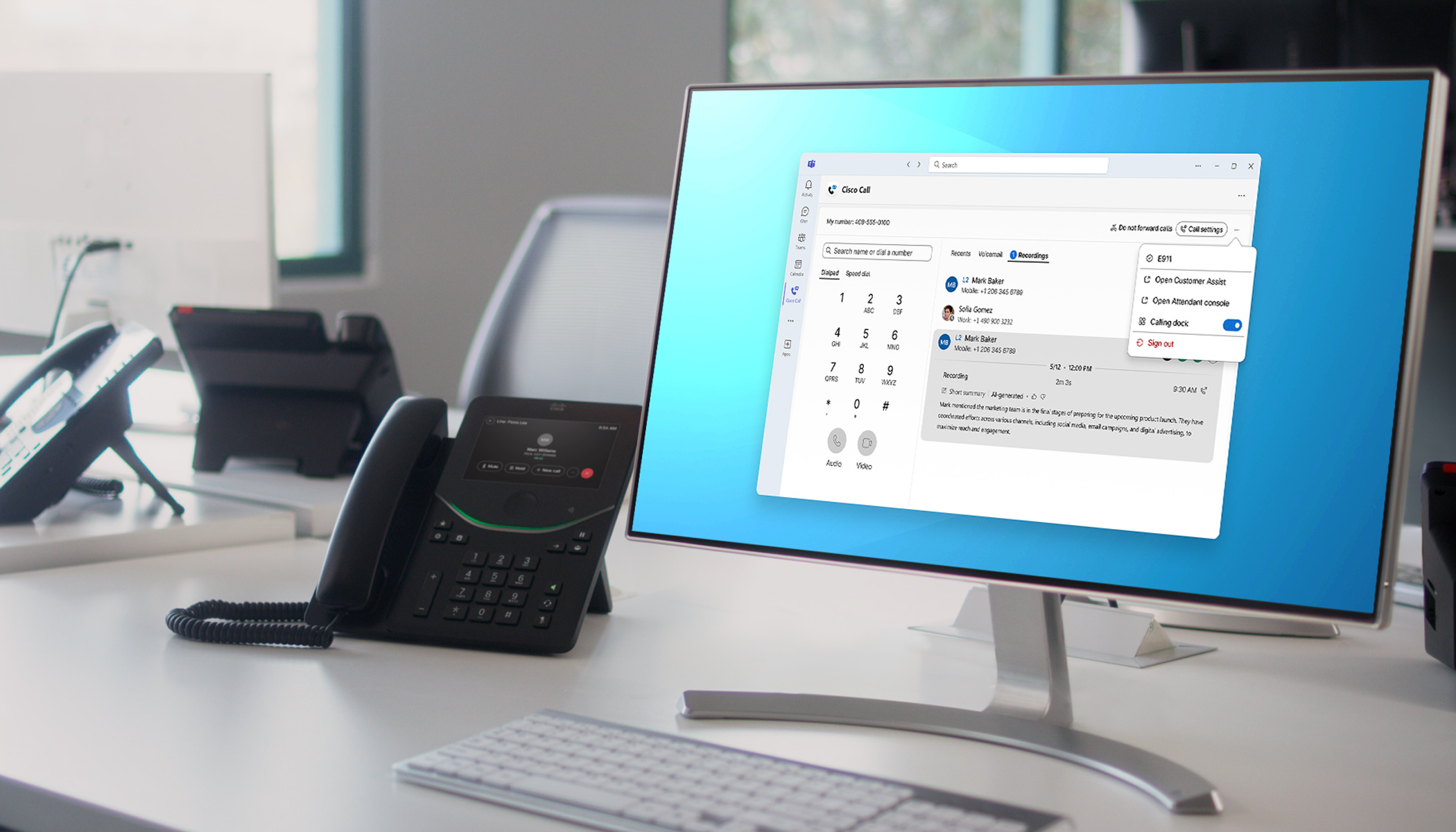Before COVID-19, many in the healthcare world considered telehealth to be a peripheral capability for specific use cases. At UC Davis Health, prior to the pandemic, less than 1% of patients were engaged via telehealth. When the pandemic hit, everything changed. During the virus surge, UC Davis Health saw telehealth adoption rates spike to over 50% of scheduled visits.
Post-surge, there is a new normal. According to Daniel Stein, Telehealth Supervisor at UC Davis Health:
“There really is no more telehealth; there is just healthcare. Now patients and providers can choose the type of visit that make the most sense for care.”
Stein and his Telehealth team have gone beyond enabling virtual care through video visits. Patients can now schedule an urgent visit with an Express Care provider, complete registration and enter an online UC Davis designed waiting room, and participate in a virtual care team visit with interpreters and invited family members. The integrated telehealth platform is fast becoming the primary way some patients receive care.
The UC Davis Telehealth team is dedicated to improving the care journey for every UC Davis Health patient, their families, and providers in clinics, hospitals, and the community. This goal is made possible by deploying the industry-leading ExtendedCare Telehealth™ software application running on top of the Webex platform.
ExtendedCare Telehealth and Webex – enterprise-class performance
In 2019, UC Davis used a telehealth product that lacked the flexibility to support many of the health system’s required workflows. Furthermore, the product only worked through mobile devices. This requirement excluded 20% of UC Davis Health’s eligible patients that did not have smart phones.
With the first surge of COVID-19 in April 2020, the deficiencies of UC Davis Health’s platform became painfully evident. Stein knew they had to make a switch, so they turned to ExtendedCare Telehealth™ by ExtendedCare, a clinically-integrated and configurable telehealth platform powered by Webex.

Seamless transition and support for a large variety of use cases
The transition to ExtendedCare Telehealth™ was seamless, with no decrease in video visit completion rates at go-live. The new system was fully in place to support the needs of the second surge in the fall of 2020. The UC Davis Health telehealth solution enables new use cases as well including multi-party group virtual visits involving patients, family caregivers, and multiple providers and support staff, in both hospital and outpatient settings.
“With digital care becoming mainstream, there has been increased recognition of the importance of digital health equity. At UC Davis Health, our goal is that no patient gets left behind as we push the envelope in technology. With end-to-end tracking and the inclusion of interpretation services seamlessly in current telehealth workflows, we have ensured that we create a digital bridge instead of digital divide,” says Dr. Ashish Atreja, CIO and Chief Digital Health Officer at UC Davis Health.
ExtendedCare Telehealth™ can easily be configured within an Electronic Health Record (EHR) workflow to handle specific needs. For example, a group of providers requested after-visit surveys from hospital patients who had used telehealth to talk to family members while hospitalized. The surveys gathered provided valuable feedback to measure patient satisfaction and understand system usage.
Stein’s team can configure ExtendedCare Telehealth™ features at an administrative level to control the consistency of the user experience. This uniformity is important in a large health system like UC Davis, where a diverse range of providers and patients access telehealth. With these tools, patients have an optimized video visit experience and access to critical features, such as the ability to save images into the EHR or to add guests into a live video visit. Staff and clinicians’ functionality is also tailored to their workflows.
- Hospital providers use telehealth for rounding and communicating to family members
- Medical Assistants chat with patients prior to their visits if providers are running behind schedule
- Home health, hospice, and bereavement counselors meet with patients virtually in their time of need
- Radiologists review images with patients remotely
- Financial counselors use video to talk to patients and review documents together

Further optimizing telehealth services through analytics
“The most challenging patients to see via telehealth are those with unrecognized barriers to telehealth access and those with a previously poor experience,” explains Dr. Mark Avdalovic, Medical Director of Ambulatory Practice Innovation at UC Davis Health. “ExtendedCare analytics provides data that can help problem solve these barriers to access and allow the health system to efficiently improve workflows.”
Stein’s team leverages ExtendedCare Telehealth™ analytics to further optimize the system and diagnose issues if visits don’t go as expected. In one example, a patient’s video and audio were cutting out briefly every 60 seconds. Analytics revealed that although the patient was using a supported device and had a good network connection, the patient was a passenger in a moving vehicle during the visit and the signal dropped briefly between cell towers.
In another example, UC Davis Health struggled with an issue prior to ExtendedCare Telehealth™ deployment. Often, the caregiver wasn’t being notified when a patient had joined the virtual waiting room and the Telehealth team could not figure out why. With data provided by ExtendedCare Telehealth™, Stein’s team identified the issue within UC Davis Health’s network and was able to remedy the problem. According to Stein, “This sort of error was invisible to us for so long. Prior to working with ExtendedCare, we just didn’t have the tools to see it.”
Delivering advanced telehealth services
To help UC Davis Health deliver the most advanced virtual care services available, Stein’s team rely on an enterprise class, highly scalable and reliable telehealth platform from ExtendedCare Telehealth™ and Webex. The relationship is empowering UC Davis Health clinicians to efficiently deliver the best possible virtual care to their patients.
Stein sums up the importance of telehealth for UC Davis Health this way:
“Telehealth is now an integral part of healthcare– that’s the new normal. As healthcare providers, we strive to serve all our patients with quality and operational excellence. Some services will be in person, some will be virtual, based upon the patient’s preferences and needs. With ExtendedCare Telehealth™ running on Webex, we finally have the right technology solutions team in place, so we can support all of our patients that receive care virtually.”
Learn more





